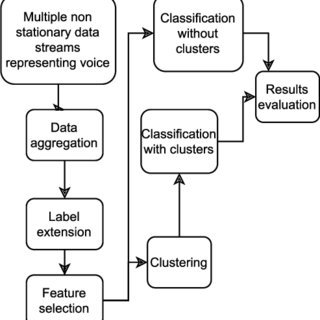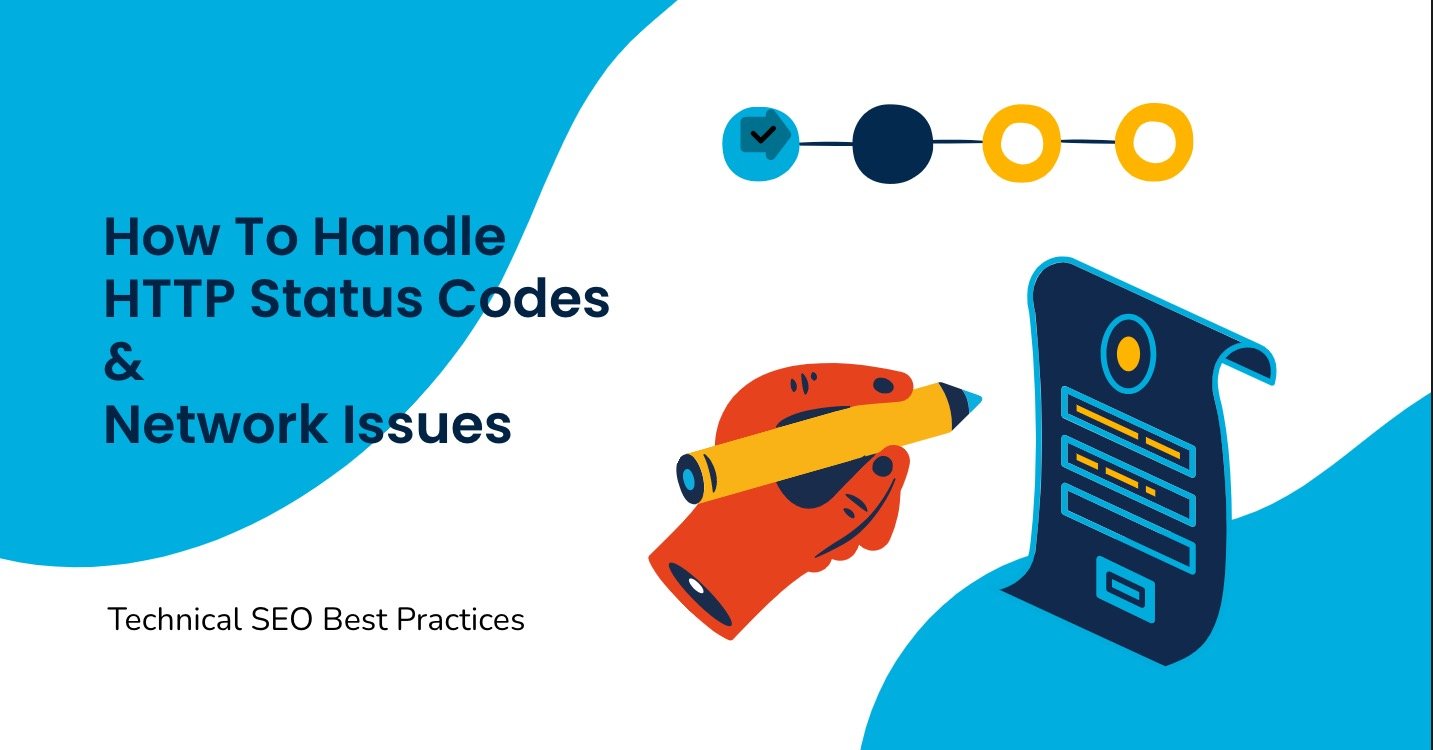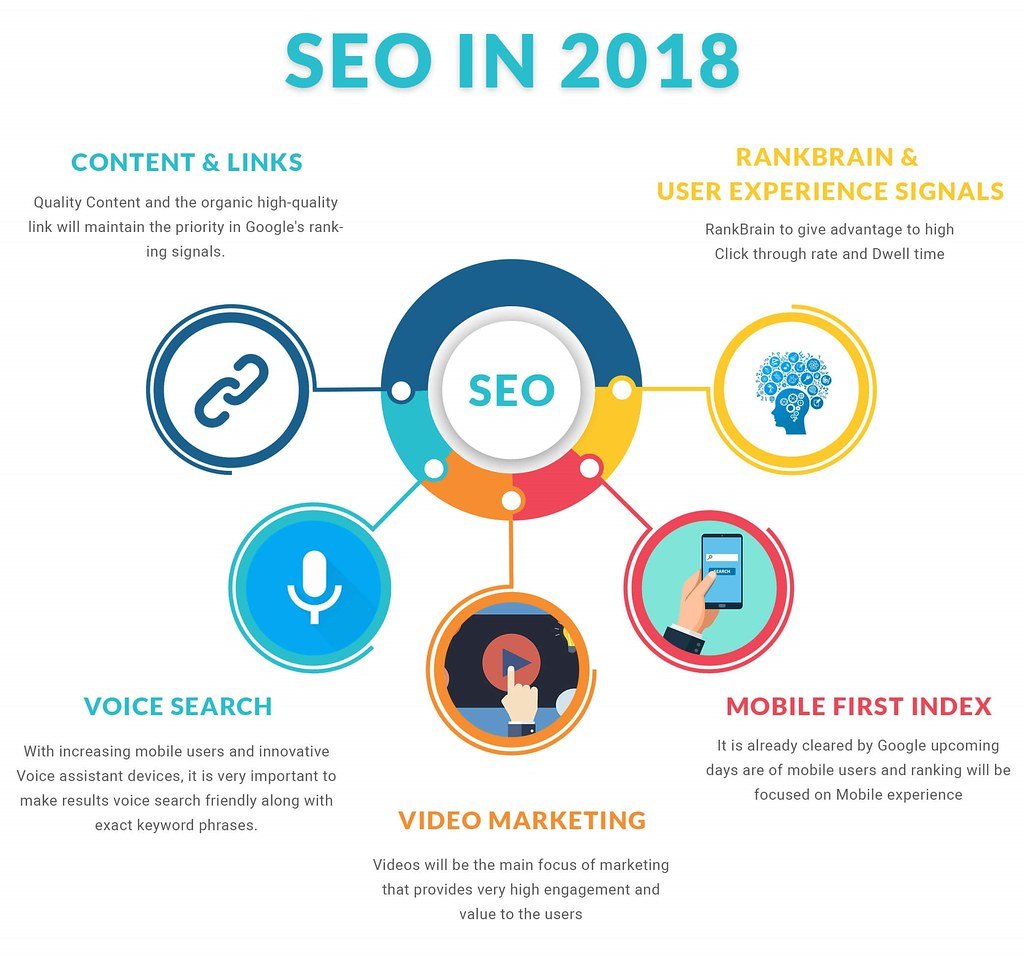In the vast ocean of the digital realm, where search engines hold dominion, lies a mysterious and enigmatic abyss known as SEO’s depth. A terrain teeming with powerful currents and concealed pathways, it is here that websites strive to reach the surface and be illuminated by the beacon of search rankings. Among the secrets veiled within this abyss, two key elements stand tall: page depth and crawl depth. Together, they hold the power to shape the destiny of websites, determining their visibility and success. In this article, we embark on a daring voyage to unravel the enigma, to unearth the hidden forces that govern these depths, and to unlock the true potential that lies within SEO’s abyss. Brace yourself, dear reader, as we embark on a journey of discovery and enlightenment.
Table of Contents
- Understanding the Significance of Page and Crawl Depth in SEO Strategies
- Exploring the Complex Relationship Between Page Depth and Search Engine Rankings
- Unraveling the Mysteries of Crawl Depth: Key Insights and Best Practices
- Empowering Your SEO Journey Through Optimal Page and Crawl Depth Strategies
- Q&A
- In Retrospect

Understanding the Significance of Page and Crawl Depth in SEO Strategies
When it comes to navigating the intricate world of search engine optimization (SEO), page and crawl depth play a crucial role in determining the success of your website’s visibility. Just like diving into the depths of the ocean, delving into SEO’s abyss requires a thorough understanding of these fundamental concepts. So, let’s equip you with the knowledge to navigate this digital ocean with confidence!
1. The Power of Page Depth:
Page depth refers to the number of clicks it takes for a visitor or search engine to reach a specific page on your website from the homepage. Why does this matter in SEO? Well, search engines crawl and index web pages based on their accessibility, content relevance, and user experience. The deeper a page is buried within your site’s architecture, the more challenging it becomes for search engines to find and rank it.
2. Unveiling the Impact of Crawl Depth:
Crawl depth, on the other hand, focuses on how pages are discovered and explored by search engine bots or spiders. These bots crawl through websites, following links and analyzing their content. The crawl depth indicates the number of clicks it takes for a bot to reach a particular page from the starting point of its crawl. The more clicks it takes for a bot to reach a page, the lower its crawl depth, and the less likely it is to be thoroughly indexed and ranked by search engines.

Exploring the Complex Relationship Between Page Depth and Search Engine Rankings
When it comes to website rankings, there’s a mysterious force lurking in the depths of search engine optimization (SEO) – the intricate relationship between page depth and search engine rankings. It’s like diving into an abyss, exploring the twists and turns of how page depth and crawl depth affect where your website appears in search engine results pages (SERPs). Let’s embark on this SEO adventure and unravel the power held within page and crawl depth.
Imagine for a moment that search engines are like curious explorers trying to map out your website. They send out their crawlers, also known as spiders or bots, to dive deep into your website’s structure and content. These bots start from the homepage, crawling through each link they encounter. The deeper the pages are, the more effort it takes for these bots to reach them, often affecting the frequency at which they are indexed.
- Page Depth:
- Refers to the number of clicks it takes from the homepage to reach a specific page on your website.
- Pages closer to the homepage typically have a lower page depth, while those deeper within the site have a higher page depth.
- Search engines consider page depth as an indicator of importance and relevance. Pages with a lower page depth often receive more visibility and are given priority in search rankings.
- Crawl Depth:
- Describes how deep search engine bots can navigate through your website, starting from the homepage.
- Pages with a high crawl depth are more challenging for search engines to access, resulting in potential indexing delays or even exclusion from search results altogether.
- Optimizing crawl depth is crucial to ensure important pages are easily reachable by search engines, increasing their chances of being indexed and ranked prominently.
By understanding and optimizing page and crawl depth, you can guide the exploration of search engine bots through your website, maximizing visibility and improving your chances of ranking higher in search results. So, grab your metaphorical dive gear, because we’re about to plunge into the depths of SEO and unlock the power hidden within page and crawl depth!

Unraveling the Mysteries of Crawl Depth: Key Insights and Best Practices
The Depth Dilemma:
Don’t let the mysterious concept of crawl depth intimidate you! Imagine your website as a vast ocean, where depth is the measure of how far search engine crawlers can navigate through your pages. Just like exploring the sea, understanding crawl depth is crucial for optimizing your website’s visibility on search engine result pages. Let’s dive in and unravel the secrets behind this intriguing SEO abyss.
Know Thy Pages:
One key aspect of crawl depth is the number of clicks it takes for search engine crawlers to reach a specific page on your site. The general rule of thumb is that the fewer clicks it takes, the better. Think of it as a treasure hunt for search engines, where they are more likely to discover valuable content if it is just a few clicks away from your homepage. So, how can you optimize your crawl depth and pave an easy path for the crawlers? Here are some insights and best practices to help you navigate through the depths:
- Streamline Your URL Structure: Opt for a clear and logical hierarchy for your website’s pages. This allows search engine crawlers to easily understand your site’s structure and navigate smoothly.
- Mind the Internal Links: Ensure your internal linking strategy incorporates relevant anchor texts and strategically connects your pages. This helps search engines explore and index your content effectively.
- Trim the Thin Content: Eliminate unnecessary pages with low-quality or duplicate content. By decluttering your website, you provide a clearer pathway for search engine crawlers to reach your most valuable pages.

Empowering Your SEO Journey Through Optimal Page and Crawl Depth Strategies
Understanding the Importance of Page Depth:
When it comes to optimizing your website for search engines, page depth plays a crucial role in determining your overall SEO success. Page depth refers to the number of clicks it takes for a user to reach a specific page on your website from the homepage. The shallower the page depth, the easier it is for search engine bots to crawl and index your pages, ensuring better visibility in search results.
- Keep your important pages within 3-4 clicks from the homepage. This reduces the crawl depth of these pages, making them more accessible to search engines.
- Avoid unnecessary steps and long navigation paths. Simplify your website structure to ensure a user-friendly experience while aiding search engine crawlers.
- Utilize internal linking strategically. Linking relevant pages within your website can help distribute link authority and reduce the crawl depth of important pages.
- Take advantage of HTML sitemaps. Creating a sitemap that includes all your pages can provide search engines with a clear understanding of your website’s structure, ultimately improving crawlability.
Unveiling the Influence of Crawl Depth:
While page depth focuses on the user journey, crawl depth revolves around search engine bots and their ability to navigate and index your website. Crawl depth refers to the number of clicks it takes for a search engine bot to reach a specific page from the homepage. The lower the crawl depth, the more likely your pages will be indexed and ranked appropriately.
- Optimize your website’s navigation and ensure a logical structure. This helps search engine bots find and crawl your pages quickly and efficiently.
- Avoid excessive pagination. Limiting the number of pages in a pagination series can prevent search engines from getting stuck in an infinite crawl loop.
- Opt for a flat website architecture. This means keeping your pages closer to the homepage, resulting in lower crawl depths and better crawlability.
- Regularly review your XML sitemap. Ensuring it is up to date and submitted to search engines can help them discover and crawl your web pages effectively.
Q&A
Q: What does it mean to delve into SEO’s abyss?
A: Delving into SEO’s abyss means exploring the depths of search engine optimization, specifically focusing on the power and significance of page and crawl depth.
Q: Why is page depth important in SEO?
A: Page depth refers to the distance between a website’s homepage and its various internal pages. It is important in SEO as it affects how search engines discover and index content, impacting a website’s visibility in search results.
Q: Does crawl depth affect search engine rankings?
A: Yes, crawl depth does have an impact on search engine rankings. The deeper a page is buried within a website’s structure, the less likely it is to be crawled and indexed by search engines, potentially resulting in decreased visibility and lower rankings.
Q: How can one improve page depth for better SEO?
A: Improving page depth for better SEO involves optimizing the website’s navigation structure, ensuring important pages are easily accessible from the homepage, reducing the number of clicks required to reach deeper content, and utilizing internal linking to assist search engines in crawling and indexing relevant pages.
Q: What are some drawbacks of excessive crawl depth?
A: Excessive crawl depth can lead to poor user experience as visitors may struggle to find relevant content within a website. It can also adversely affect SEO by making it harder for search engines to discover and rank pages buried deep within a site. Additionally, increased depth may lead to slower page loading times, further impacting user satisfaction.
Q: Are there any SEO benefits to deep pages?
A: While deep pages may provide valuable content, they can be challenging for search engines to discover and evaluate. However, if properly optimized, deep pages can attract niche organic traffic and contribute to a website’s overall authority and relevance, ultimately benefiting SEO efforts.
Q: How can one strike a balance between crawl depth and page organization?
A: Striking a balance between crawl depth and page organization involves strategically structuring a website, focusing on a logical hierarchical architecture, and placing important and frequently updated content closer to the homepage. Ensuring proper internal linking and periodically reviewing site analytics can help fine-tune the balance.
Q: Is there a specific maximum crawl depth recommended for SEO?
A: There isn’t a fixed maximum crawl depth that applies universally. However, it is generally advised to keep important pages within a few clicks of the homepage, aiming for a shallow crawl depth whenever possible to facilitate easier indexing and improved rankings.
Q: How does crawl depth impact mobile SEO?
A: Crawl depth also plays a crucial role in mobile SEO. Given the limited screen space and user attention on mobile devices, having a shallow crawl depth becomes even more critical. Ensuring mobile-friendly navigation and reducing the number of clicks required for users to reach desired content enhances both user experience and the SEO potential of a website.
In Retrospect
As we conclude our deep-sea expedition into the mysterious abyss of SEO, we emerge, enlightened and invigorated by the profound discoveries we have made. The power of page and crawl depth, once shrouded in obscurity, has finally unveiled itself to us, shining like a guiding light amidst the chaotic currents of the digital realm.
As we navigated through the intricate ecosystems of search engine optimization, we unraveled the hidden mechanisms that govern the visibility of websites. The interplay of page depth, with its layers of content, and crawl depth, the spider-like exploration of search engines, proved to be the vital life force that determines a website’s ranking and visibility in the vast ocean of the internet.
Like intrepid adventurers, we dove deeper into the unfathomable depths of page depth, discovering that every layer of content possesses its own significance. From the tantalizing content on the surface, enticing users to dive deeper, to the hidden gems nestled within subpages, all contribute to the overarching narrative of a website’s relevance to search engines. As we plucked these precious pearls of information from the abyss, we realized that careful curating and structuring of content can significantly influence a website’s indexing and ranking.
Simultaneously, we embarked on a journey through the labyrinthine pathways of crawl depth, uncovering the relentless quest of search engine bots to illuminate the dark corners of the internet. These tireless arachnids tirelessly crawled through the intricate web of pages, deciphering the intricate architecture and rewarding those with well-organized and easily accessible content. We learned that the strategic linking of pages, together with our understanding of crawl budget optimization, can guide these arachnid bots towards the heart of our websites.
Yet, as our expedition draws to a close, we are left humbled by the vastness of the SEO abyss. Its complexity and ever-evolving nature remind us that our quest for understanding is never truly complete. Nevertheless, armed with the knowledge we have unearthed, we can now venture forth into the digital landscape with renewed vigor, weaving content strategies and cultivating crawl paths that will lead our websites to new heights.
So let us embrace the power of page and crawl depth, for they hold the keys to unlocking the boundless potential that lies within the abyss of SEO. With each layer of content we curate and every crawl path we meticulously pave, we inch closer to conquering the vast oceans and emerge as champions in the race for online visibility.
In the end, it is by delving into the depths, with courage and curiosity as our guiding lights, that we can truly unravel the enigmatic power of page and crawl depth in the ever-expanding realm of SEO.

